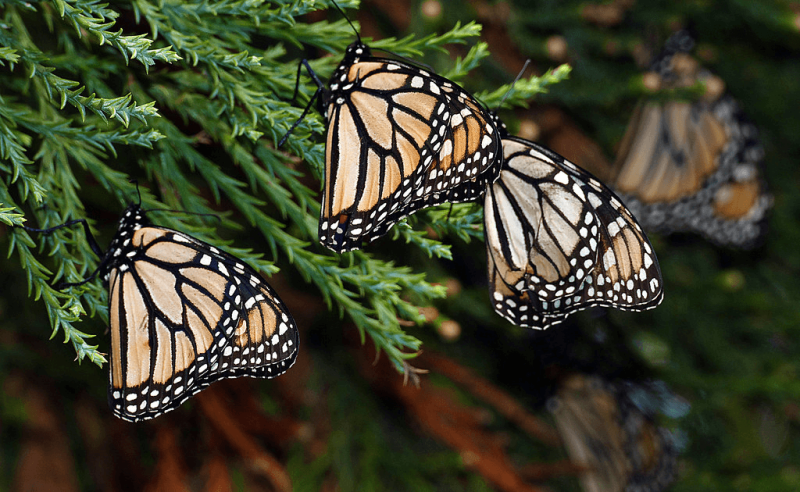Here’s the situation. The North American monarch butterfly travels every summer to the northern United States where it breeds. Its populations have declined by 80 percent to 99 percent over the last 30 years, mostly due to habitat loss. The drop off is so bad, the butterfly is close to making it on the federal endangered species list, which would allow for more protections.
Conventional wisdom (pun intended) tells us that modern agriculture is to blame. After all, farmland destroys habitats and pesticides kill any remaining insects.
But not so fast. Steve Bradbury, a professor of environmental toxicology at Iowa State University, works with the Monarch Conservation Consortium to find solutions for the dwindling butterfly numbers. His team reached an interesting conclusion: Farms and butterflies can coexist!
The U.S. Department of Agriculture’s current policy suggests that monarch habitats should only be installed more than 100 feet from any agricultural land to protect butterflies from pesticide drift.
…
It turns out that some pesticides, like the much maligned neonicotinoids, don’t kill monarch habitats adjacent to the field. And while some pesticide drift could damage caterpillars, it doesn’t impact the entire 100 foot set-off around the entire field the same way.
In other words, modern agriculture and the almost-endangered monarch butterflies can live — and thrive — side by side.































